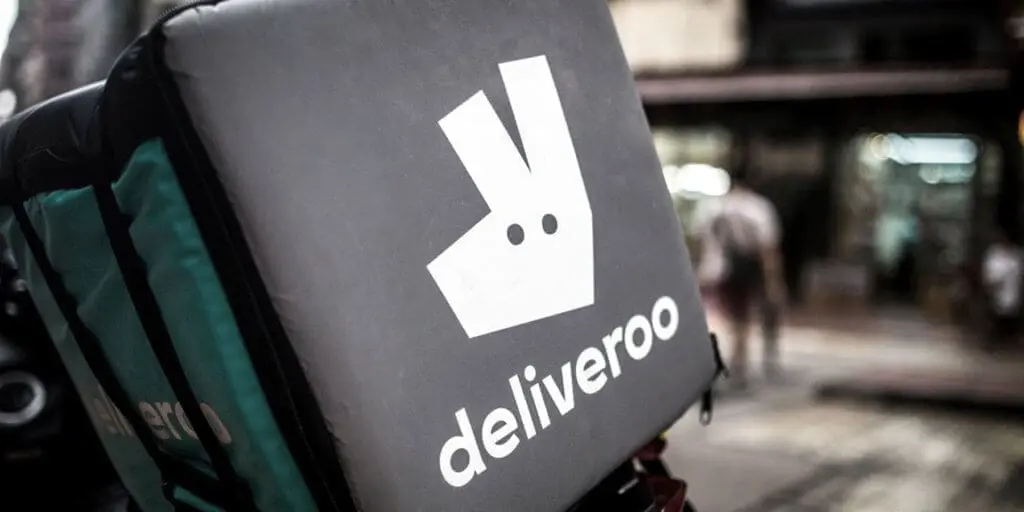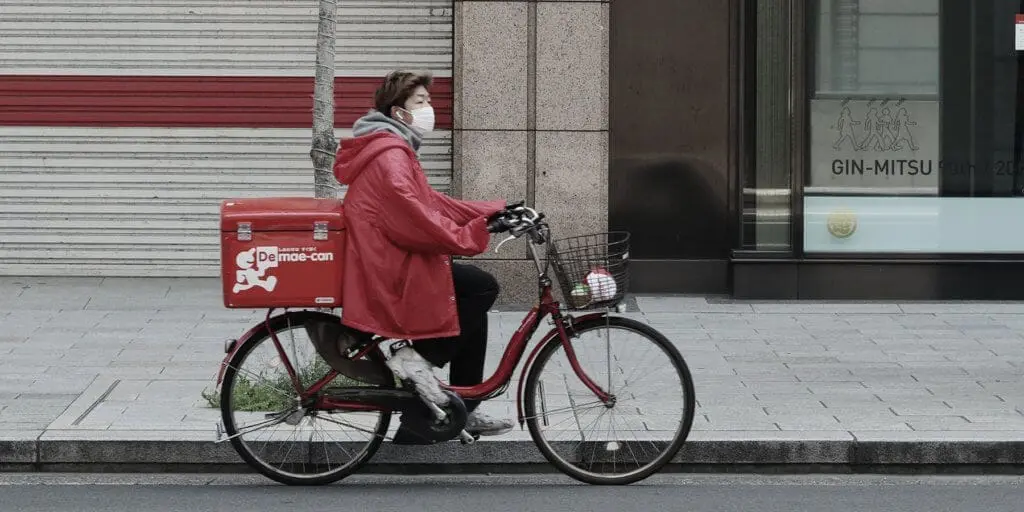In other signs of a busy year for the industry, Just Eat announced its acquisition of US-based Grubhub in June 2020 and, in a highly anticipated move, Deliveroo listed on the London Stock Exchange. Third Bridge Forum Interviews provided some food for thought on the industry’s outlook for 2021 as the nation emerges from what is hopefully its final lockdown.
“The current market split [in London] is 55-60% is Just Eat, around 25-30% is Deliveroo and the rest is Uber Eats”, a former Deliveroo executive said. But this could change. We heard that Deliveroo has been winning customers from Just Eat as well as Uber Eats, with the latter at risk of losing the most market share because its value proposition has weakened since launching, according to the Interview. “There’s nothing additional that Uber Eats can offer to customers or restaurants, and now, they don’t even have exclusivity arrangements that they used to have with QSRs [quick-service restaurants], and so… going forward, I see probably a 55/35/10 split between these three companies. This is between Just Eat, Deliveroo and Uber Eats respectively.”

Interviews also discussed how the market for food delivery will shift once economies reopen, with mounting pressure from restaurants to cap fees and drivers demanding a fairer share of companies’ revenues. A former Just Eat director believes the food delivery companies will be able to hold on to commissions (Deliveroo charges up to 35%, plus VAT) when people dine in again, but expects that restaurants will be savvier about when they “switch on and off” from such services. “For me, that’s the bigger danger to online platforms, bigger than getting chipped away at on commission rates,” the expert said.
Another issue raised was whether Deliveroo will be more impacted than its competitors, as its inventory is conventionally dine-in, while Just Eat’s offering includes more traditional takeaway outlets and QSRs. But Interviews suggest the user experience is just as important for customer stickiness than the offering itself, and that Just Eat is somewhat behind in this respect. “Deliveroo and Uber Eats I still think are somewhat slicker [than Just Eat]… the technology that Deliveroo has is probably enough for any inexperience on the part of newly acquired restaurants to be counteracted. That’s my suspicion.”
We were also told that the back-office power required to manage these networks “is not to be dismissed”. On top of an estimated GBP 5-6 rider cost per order, network administration typically represents another GBP 2. “I think it’s important for investors to consider that cost as well as the driver cost,” the former Just Eat director added. Ultimately, “don’t underestimate the manual workaround that happens in these operations”.
Another Interview on the food industry market’s growth looked at how the industry is evolving in Japan, which has been slower to shift to online platforms. A former regional leader at Uber Technologies Inc noted that the digital transformation of Japan’s food and beverage sector was well under way before the pandemic, with Line’s acquisition of a 20% stake in industry leader Demae-Can in March 2020 described as “potentially a game changer” for the latter company. Demae-Can and Uber Eats also expanded their coverage from 30,000 restaurants in early 2020 to 45,000 at end-2020.
Food delivery companies are also morphing into small pack home delivery companies with the addition of grocery and pharmaceutical services to delivery platforms. Across Interviews globally, grocery delivery is acknowledged as a channel through which all aggregators can grow because it addresses the issue of under- and over-using resources, especially outside peak ordering times. Rather than having swathes of drivers idle, grocery orders plug the gaps between busy meal times while lifting average order values. The former Uber executive emphasised how important it is to stand out in this rapidly growing industry. “If you don’t have the variety of cuisine, the variety of price bands, the variety of services, it’s very difficult to compete.”
Online food delivery trends reflect the continued digitisation of consumption. Notwithstanding the pandemic, the global market value is expected to grow on average by 20% per year between 2019 and 2022.[mfn]https://www.robeco.com/media/a/1/0/a1034e07213ab73b2fb0e5dcc143433b_202004-online-meal-delivery-growth-potential-intact-despite-covid-headwinds_tcm17-24436.pdf[/mfn] But with consumer expectations at an all-time high, there is no room for complacency. Indeed, the question now is how much of COVID-19’s impact will be sticky, particularly as achieving profitability in this space remains challenging.
Although 2020 was an ideal year for food delivery platforms and the food delivery industry saw significant growth — with captive demand from consumers who couldn’t dine out, captive supply from many restaurants and an influx of competitive labour as thousands were furloughed or left unemployed — the tailwinds that supported industry growth are likely to wane this year.
However, new habits have been formed and an “irreversible boost” has been given to a previously untapped cohort of consumers — those who are typically older with little or no experience ordering food via an app. At the same time, the competitive landscape is also shifting, with consolidation on the way. According to the former Deliveroo executive, the industry will evolve into a “duopoly” model, where two or perhaps three players remain in any city or market. “That’s the only way, or through acquisition, that this industry can be profitable in the long run,” they said.
*[mfn]https://www.businessofapps.com/data/food-delivery-app-market/ [/mfn]
The information used in compiling this document has been obtained by Third Bridge from experts participating in Forum Interviews. Third Bridge does not warrant the accuracy of the information and has not independently verified it. It should not be regarded as a trade recommendation or form the basis of any investment decision.
For any enquiries, please contact sales@thirdbridge.com





